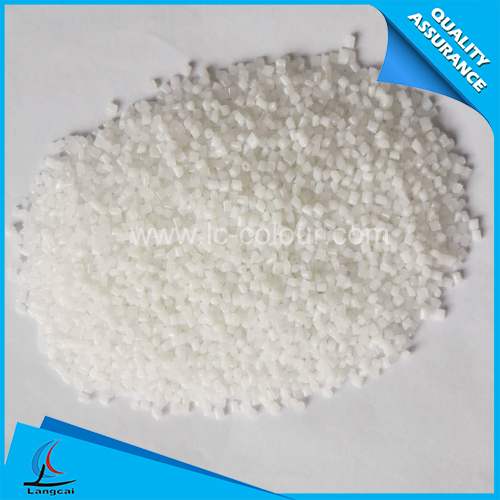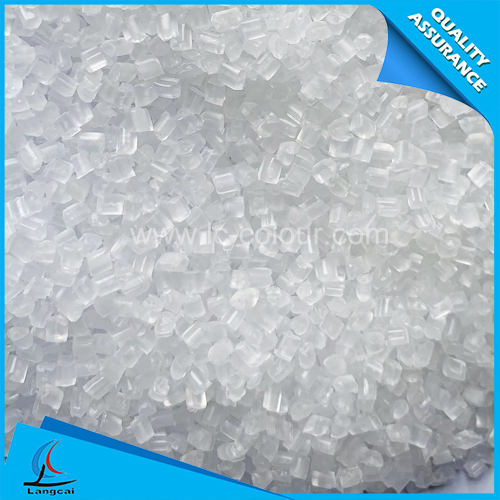- Nonwoven Fabrics
- Tailor Made Masterbatch
- Plastic Masterbatch
- Chemical Fiber Masterbatch
- Functional Masterbatch
- Machinery
- Spunbond PP Nonwoven Masterbatch
- Mono Color Masterbatch
- Liquid Color Masterbatch
- Non-woven Masterbatch
- Polyester Fiber Masterbatch
- Nylon Fiber Masterbatch
- Polypropylene Fiber Masterbatch
- Lab Nonwoven Machine
- Lab BCF Machine
- Dryer
- Filler Masterbatch
- Environmental protection policies promote technological innovation and green development in the color masterbatch industry.
- An Overview of the Production and Application of Mono Color Masterbatch for Yantai Liangcai Plastic Technology
- Analysis of the Core Technical Advantages of Mono Color Masterbatches!
- The international maritime shipping market has witnessed a round of intense price hikes
- How can the refined cotton industry navigate through the trade fog between China and Japan
- Why choose Mono Color Masterbatches? Three major advantages highlight value!
- Phone:00836 - +86-535-8484358
- Email:wendy@ytlc-colour.com
- Address:DALAN INDUSTRIAL PARK, ZHANGXING TOWN, ZHAOYUAN CITY, SHANDONG, CHINA
What kind of stage is the dispersion process of plastic masterbatch?
Plastic masterbatch good dispersibility means that the pigment is dispersed into the desired particle fineness in plastic, and uniformly mixed in plastic, and the complete pigment dispersion process usually contains three essential stages.
1 Moisturizing pigment is changed to air or water to a pigment and a carrier interface.
2 Dispersion pigment particles extract the particle agglomeration and aggregates under external active force.
3 Stable stability has been dispersed pigment particles in the medium, and effectively prevents again aggregation.
Which steps are depestined in plastic masterbatch?
The important step of pigment dispersion is the wetting of pigment particles, which is divided into initial wetting of pigments and continuous wetting of particles in the dispersion process. For plastic processing, the initial moisture is the process of replacing the air and moisture on the surface of the resin cargo, and the purpose of pigment wetting is to reduce the cohesiveness between the pigment particles, if the surface of the pigment cannot be fully contained The body (also comprising a wetting agent) is wetted, then the distribution stress produced by the dispersion device is not found to act on the pigment. The pigment wetting is difficult to determine from the surface properties of the pigment particles and the nature of the color. The smaller the contact angle of the pigment and the colored color, the smaller the surface tension of the colored color, the easier the wetting.
The second step of the pigment dispersion is the refinement of the pigment particles. After the pigment particles are wetted, the pigment microtalation is completed under the action of the external force, and the pigment is subjected to the desired particle size. At present, the external force of mechanical dispersion is nothing more than pressure, impact force and shear force, and the agglomerates and aggregates of the pigment are used to pulverize the pigment.
The third step of the pigment dispersion is the stabilization of the dispersed pigment fine particles, and the surface area of the pigment particles after the refinement, which produces a recondensation phenomenon, and the refined pigment particles will be further surface treatment, and the newly formed interface is lowered. The surface energy is to be further aggregated when further processing is further processed.
The pigment dispersion process described above is: wetting, refining, and stability after the refinement, in practice, it is unblocked and almost simultaneously, just to facilitate discussions to discuss them separately.
The initial wetting of the pigment has an irreplaceable significance for the dispersion of the plastic masterbatch, and usually this process is done via some seemingly simple steps, so it is very easy to neglect. However, the initial wetting is not only the wetting of the surface of the pigment particles, but the loss of the dispersion of the pigment particles is exactly the beginning, the initial wet is not good, the good dispersion of the pigment particles does not talk, the reason is YES: The color-colored resin must be sufficiently capable of sufficient capillary in the microcarcentricity of the pigment particles, due to the capillary permeation, the cohesive strength between the pigment particles is lowered, and it is easily refined under the action of shear force. Therefore, the wetting rate of the pigment and the degree of capillary permeation are made to the total dispersed rate and quality of the pigment particles.
There are countless practices that are not ideal for most pigment particles from initial wet. When such a situation occurs, it is difficult to reach the ideal effect, at this time, Only the wetting of the pigment particles is re-made, the dispersed problem can be solved. Under the premise of the use of ordinary wetting agents, the same is extruded once or six times, the dispersibility of the ultimately reflected is not satisfactory; while the same wetting agent Processing, the result will produce a quality leap.
- Environmental protection policies promote technological innovation and green development i
- An Overview of the Production and Application of Mono Color Masterbatch for Yantai Liangca
- Analysis of the Core Technical Advantages of Mono Color Masterbatches!
- The international maritime shipping market has witnessed a round of intense price hikes
- Why choose Mono Color Masterbatches? Three major advantages highlight value!
- How can the refined cotton industry navigate through the trade fog between China and Japan
- The application advantages of Plastic Masterbatches are remarkable!
- The "Symbiotic code" between domestic and overseas markets
- Why choose Mono Color Masterbatches?
- How will the "balanced development of imports and exports" be promoted during the "15th Fi


